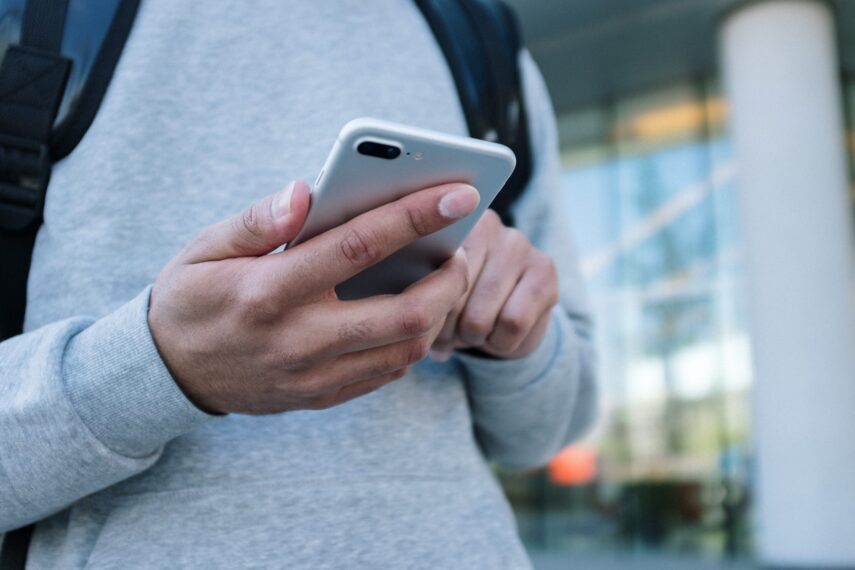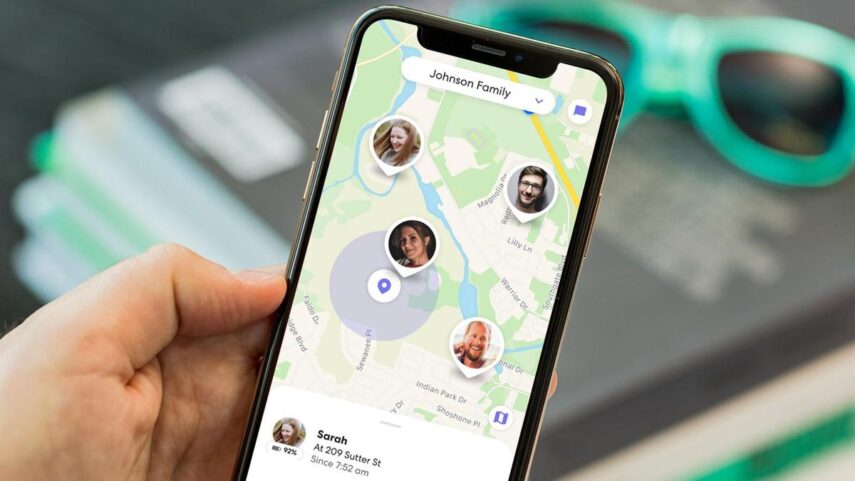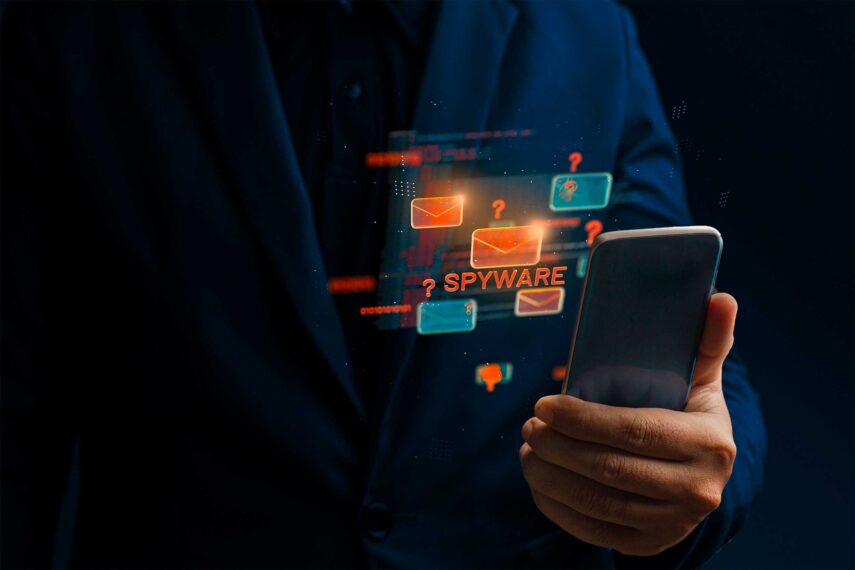It’s 2024 and by now, we all carry tracking devices in the form of our smartphones in our bags, jackets, and pockets without even realizing it. Because of this, your real-time location can be monitored by other individuals and organizations, including advertising firms, your government, as well as your work.
But, for you to know if you’re being followed via your smartphone, you must know the different ways that this could occur. Luckily for all individuals that found themselves in this particular situation, our article could help you determine what you have to do. Here are the top four ways someone could be monitoring your whereabouts by using your smartphone device:
1. The Government Can Get it From Your Cellular Provider

Now, the very first thing that you should know is that your local government cannot follow your device and location without getting a warrant for doing so first. However, if they do successfully obtain one, they can contact your cellular service provider, who will, unfortunately, be obligated by law to provide them with your location – and in some cases, they could provide them with real-time updates, meaning that they can track you as you move from one place to the next.
No matter why the government would need to monitor you, there are some other techniques that they could use, including ones that won’t require help from your cellular provider. There are gadgets that are referred to as “stingrays”, and their purpose is to act as cellular towers, meaning that your device will have to connect to it. Due to this, they can easily and quickly get your location. You should remember, some states will require a warrant for this as well, meaning that in some places, it could be illegal to use such devices.
2. Advertising Companies Can Access Your Location Too

Besides the government and your cellular service provider, advertising companies can also see your whereabouts. Even if you ensured that they cannot do it by turning the “location” feature off, they still could access your location, mostly because of the applications you opted for downloading on your gadget. For example, most weather apps and widgets will allow advertising firms to see your whereabouts. How is that possible?
Well, it’s simple to understand – these programs will need your location at all times to show the weather conditions in your local area, thus, you won’t be able to utilize them if you don’t turn this feature on. Because of this, it may be better if you opted for turning on the location when you need such apps instead of it being on at all times. Additionally, avoid downloading third-party programs that’ll require to access your location.
3. Your Partner, Friends, And Family Members Can Use Apps

You might not know this, but your phone could share your whereabouts in the background, without you ever learning about it, suggesting that you won’t need to access an app or turn on your gadget for it to be monitored. No matter what reasons your spouse, friends, and family members have for monitoring you, there is a wide range of applications such as find-my-phone.org that could help them determine where you are.
Now, you must remember, such apps will usually demand you to give access, nonetheless, there are also some options available on the market that are completely incognito, implying that you may not know that it’s there, but, don’t worry, there are a few signs that could tell you your gadget is being monitored – more on them later. If you suspect someone close to you is following your whereabouts, it may be best to speak to them about it.
4. Malware And/or Spyware

Were you aware that there are programs pre-installed on your phone, all of which be utilized for tracking your device, even if the GPS is switched off? Yup, this is one of the most standard methods for accessing your location, but there are other things that malware or spyware can access, including messaging platforms such as Viber and Telegram, as well as Gmail, Skype, Facebook, and so on, thus, be careful about what you install.
Red Flags That Someone Is Secretly Monitoring You
It could be extremely difficult and complex for you to determine whether or not an individual or company is monitoring your whereabouts, but, there are some common signs that could tell you just that. If you pay close attention to what is happening with your machine, you might end up discovering that it is, in fact, tracking you. Some of the most typical red flags that you must be aware of include the list of following things:
- If Your Phone Gets Hot – one of the first indications that someone may be tracking you is if your device gets extremely hot, even if you haven’t been utilizing it for long. Spyware and programs that operate in the background will make the gadget perform harder, which can result in heat build-up. Of course, if you’ve been, for instance, playing a game for an hour, it’ll get hot as well, but if not, there is a big possibility that you’re being tracked.
- If You Have to Charge Your Phone At All Times – you may also want to look at the time it takes your battery to run out. Again, a gadget that’s being tracked will generate data that’ll be sent to the person who installed it, thus, your device will consume more power, resulting in the battery draining quickly. Again, if you’re constantly on the device, this could be the reason why your battery runs out, so be careful.
- If It Needs More Time to Shut Down – last on our list of the most frequent red flags is the fact that your whereabouts may be tracked if your device needs a long time to turn off. After all, when you turn it off, it’ll end any and all tasks happening, including the data that may be sent to the person tracking you, and in this situation, it’ll take your phone longer to switch off, thus, pay attention to this as well.
Conclusion
Although a lot of people don’t recognize it, it’s quite feasible that someone has been monitoring their smartphone without them even knowing. No matter what the situation is, you may want to take your phone to a professional that’ll tell you what is happening to it, especially if you catch some of the aforementioned red flags.







